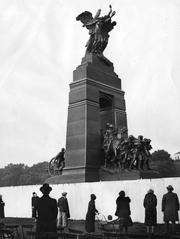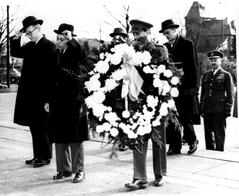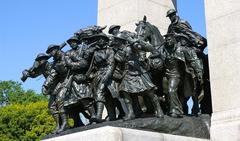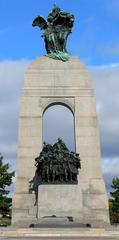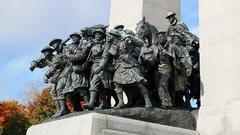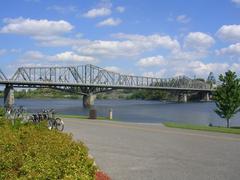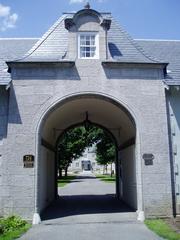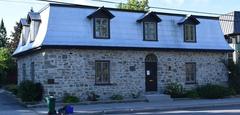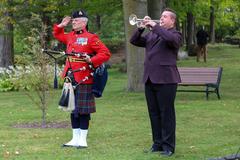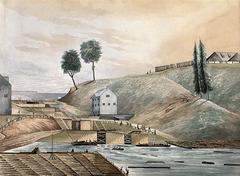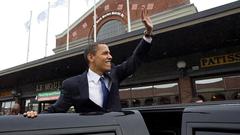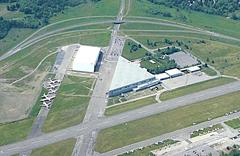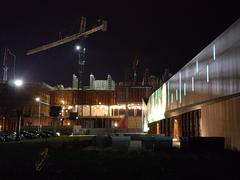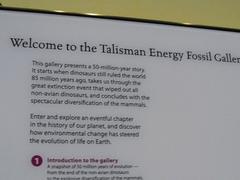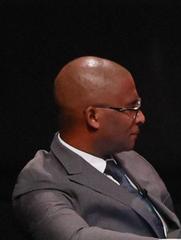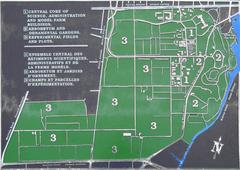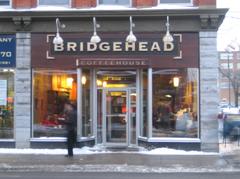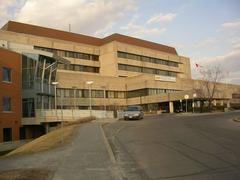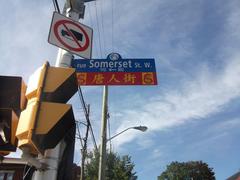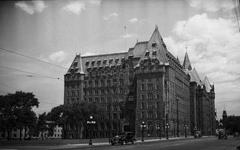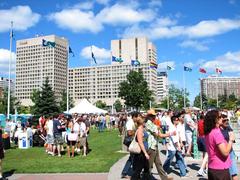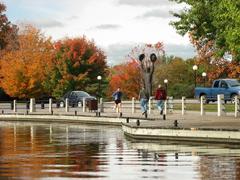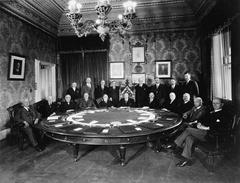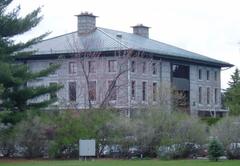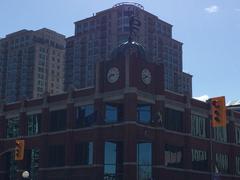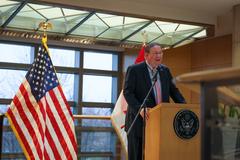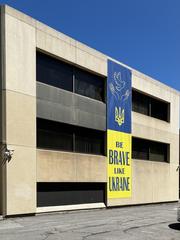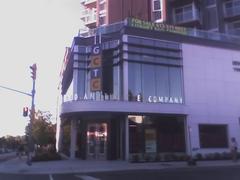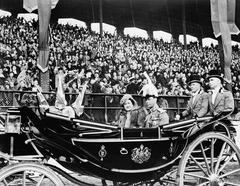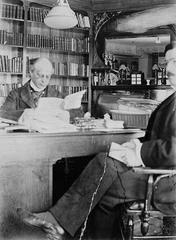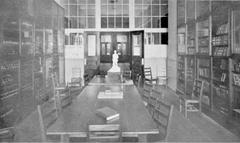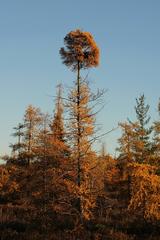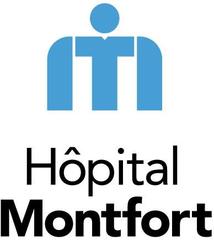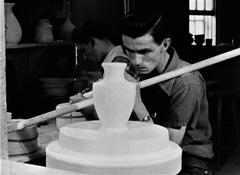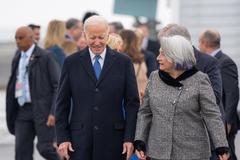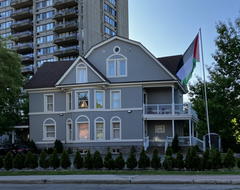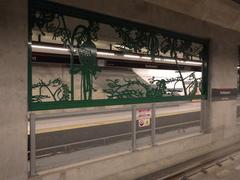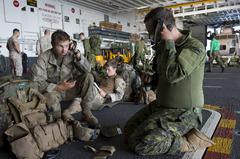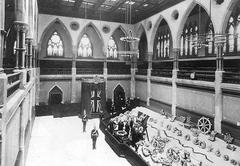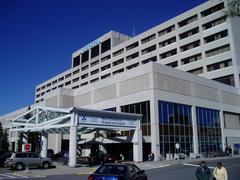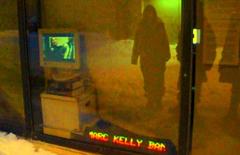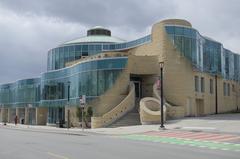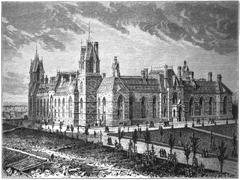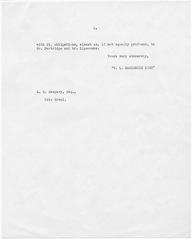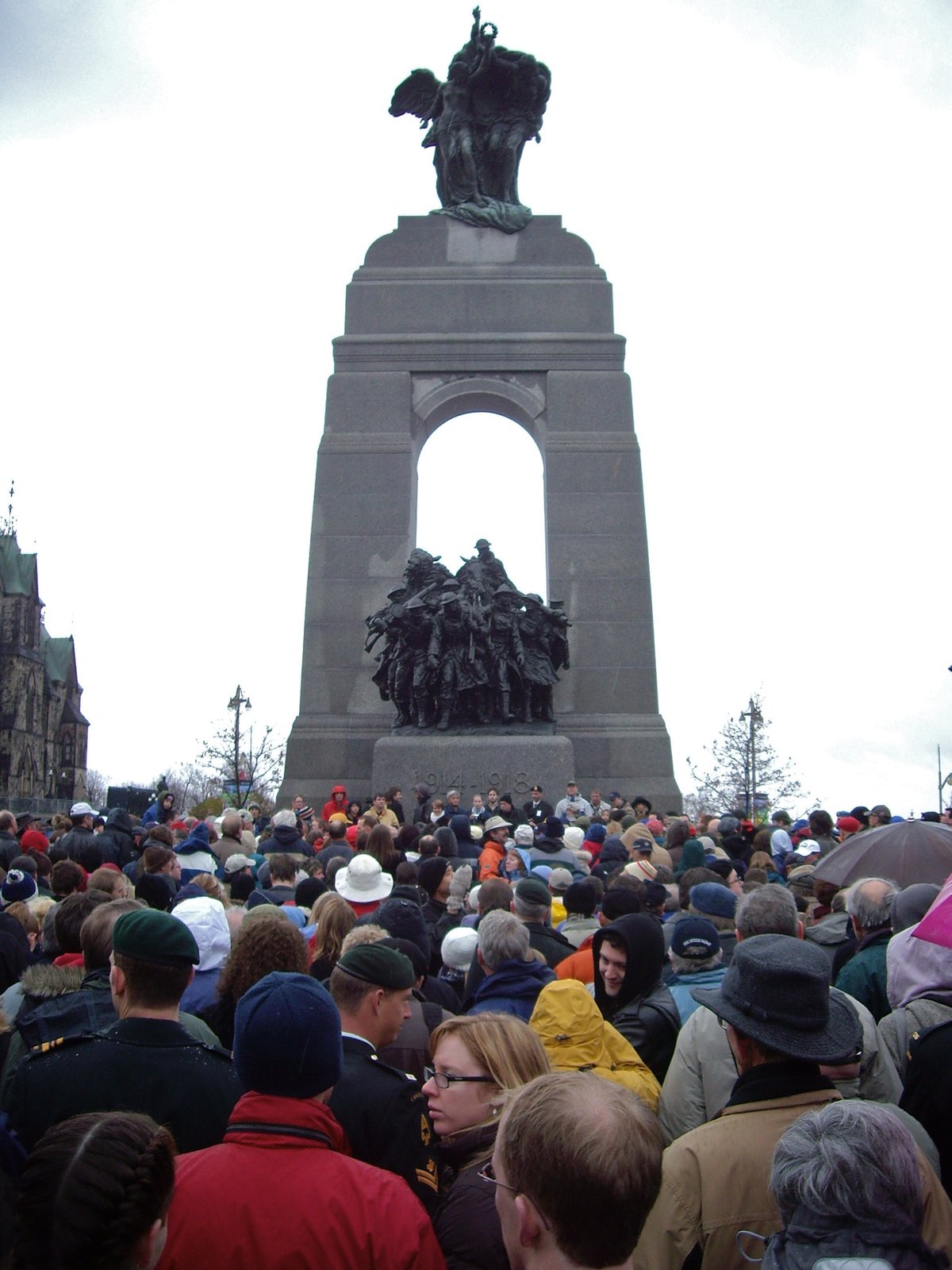
Visiting the National War Memorial in Ottawa: Hours, Tickets, and Tips
Date: 18/07/2024
Introduction
The National War Memorial in Ottawa, Canada, stands as a profound symbol of the nation’s gratitude towards those who have served in times of war. Unveiled on May 21, 1939, by King George VI, this iconic monument initially commemorated the sacrifices of Canadian soldiers during World War I. Over the decades, its significance has expanded to honor those who served in World War II, the Korean War, and other subsequent conflicts (Veterans Affairs Canada). Designed by British sculptor Vernon March, the memorial’s central feature, “The Response,” is a dynamic bronze sculpture depicting 22 military figures, symbolizing the unity and collective effort of the nation during wartime (Canadian Encyclopedia).
This comprehensive guide provides visitors with an in-depth understanding of the National War Memorial’s history, cultural significance, and practical information for planning a visit. From the origins and conceptualization of the monument to its current role in annual Remembrance Day ceremonies, this guide covers all aspects of this important historical site. Whether you’re a history enthusiast or a casual visitor, this article will equip you with everything you need to know about the National War Memorial in Ottawa.
Table of Contents
- [History of the National War Memorial](#history-of-the-national-war-memorialhistory-of-the-national-war-memorial)
- [Origins and Conceptualization](#origins-and-conceptualizationorigins-and-conceptualization)
- [Construction and Unveiling](#construction-and-unveilingconstruction-and-unveiling)
- [World War II and Subsequent Conflicts](#world-war-ii-and-subsequent-conflictsworld-war-ii-and-subsequent-conflicts)
- [The Tomb of the Unknown Soldier](#the-tomb-of-the-unknown-soldierthe-tomb-of-the-unknown-soldier)
- [Restoration and Preservation](#restoration-and-preservationrestoration-and-preservation)
- [Symbolism and Design Elements](#symbolism-and-design-elementssymbolism-and-design-elements)
- [Visitor Information](#visitor-informationvisitor-information)
- [Visiting Hours and Ticket Prices](#visiting-hours-and-ticket-pricesvisiting-hours-and-ticket-prices)
- [Accessibility](#accessibilityaccessibility)
- [Annual Remembrance Day Ceremonies](#annual-remembrance-day-ceremoniesannual-remembrance-day-ceremonies)
- [Special Events and Guided Tours](#special-events-and-guided-toursspecial-events-and-guided-tours)
- [Nearby Attractions](#nearby-attractionsnearby-attractions)
- [Travel Tips](#travel-tipstravel-tips)
- [FAQ](#faqfaq)
- [Conclusion](#conclusionconclusion)
- [Call to Action](#call-to-actioncall-to-action)
History of the National War Memorial
Origins and Conceptualization
The idea for a national monument to honor Canadian soldiers was first proposed in the aftermath of World War I. The Canadian government sought to create a memorial that would not only commemorate the fallen but also serve as a reminder of the sacrifices made for peace and freedom.
In 1925, a competition was launched to find a suitable design for the memorial. The winning design, titled “The Response,” was submitted by British sculptor Vernon March. March’s design was chosen for its dynamic representation of a group of soldiers emerging from a granite arch, symbolizing the call to arms and the collective effort of the nation during wartime.
Construction and Unveiling
The construction of the National War Memorial began in 1930, with the granite arch quarried from Quebec. The bronze figures were cast in England and shipped to Canada for assembly. The entire process took several years, with the final assembly and installation completed in 1938.
The memorial was officially unveiled on May 21, 1939, by King George VI, in the presence of Queen Elizabeth and a large crowd of dignitaries and citizens. The unveiling ceremony marked the culmination of years of planning and effort to create a fitting tribute to Canada’s war dead.
World War II and Subsequent Conflicts
Initially, the National War Memorial was dedicated to the soldiers of World War I. However, with the outbreak of World War II, it became clear that the memorial would need to encompass the sacrifices of a new generation of soldiers. In 1982, the memorial was rededicated to honor all Canadians who had served in subsequent conflicts, including World War II, the Korean War, and peacekeeping missions around the world.
The Tomb of the Unknown Soldier
In 2000, the National War Memorial was further enhanced with the addition of the Tomb of the Unknown Soldier. This tomb contains the remains of an unidentified Canadian soldier who died in France during World War I. The soldier’s remains were repatriated to Canada and interred at the base of the memorial, providing a focal point for national remembrance and reflection.
The Tomb of the Unknown Soldier serves as a powerful symbol of the countless soldiers who have died in service to their country, many of whom have no known grave. It underscores the personal and collective sacrifices made by Canadian soldiers and their families.
Restoration and Preservation
Over the years, the National War Memorial has undergone several restoration and preservation efforts to ensure its longevity and continued relevance. In 1982, a major restoration project addressed structural issues and wear and tear on the bronze figures and granite arch. Further restoration work was carried out in 2000, in conjunction with the installation of the Tomb of the Unknown Soldier.
In 2014, the memorial was the site of a tragic event when Corporal Nathan Cirillo, a Canadian soldier, was fatally shot while standing guard at the Tomb of the Unknown Soldier. This incident highlighted the ongoing significance of the memorial as a site of national importance and the need for continued vigilance in its protection.
Symbolism and Design Elements
The design of the National War Memorial is rich in symbolism. The central arch represents the gateway to peace, through which the soldiers are seen marching. The 22 bronze figures include infantrymen, sailors, airmen, nurses, and other service personnel, reflecting the diverse contributions of Canadians in wartime.
At the top of the arch, two allegorical figures, Peace and Freedom, stand as a reminder of the ideals for which the soldiers fought. The entire composition conveys a sense of movement and purpose, capturing the spirit of a nation united in the pursuit of peace and justice.
Visitor Information
Visiting Hours and Ticket Prices
The National War Memorial is accessible to the public year-round. It is advisable to check the official website for any changes in visiting hours, especially during national holidays or special events. There is no admission fee to visit the National War Memorial; it is a public monument open to everyone.
Accessibility
The memorial is designed to be accessible to all visitors, including those with mobility challenges. There are ramps and pathways to ensure that everyone can pay their respects.
Annual Remembrance Day Ceremonies
The National War Memorial is the focal point of Canada’s annual Remembrance Day ceremonies, held on November 11th. These ceremonies honor the memory of those who have served and continue to serve in the Canadian Armed Forces. The event includes a moment of silence, the laying of wreaths, and the participation of veterans, military personnel, and government officials.
The Remembrance Day ceremonies at the National War Memorial are a deeply moving and solemn occasion, drawing thousands of participants and spectators each year. The ceremonies serve as a powerful reminder of the enduring legacy of Canada’s military history and the ongoing commitment to peace and freedom.
Special Events and Guided Tours
Throughout the year, the National War Memorial hosts various special events and guided tours. These events provide an opportunity to learn more about the history and significance of the memorial from knowledgeable guides.
Nearby Attractions
While visiting the National War Memorial, consider exploring other nearby attractions in Ottawa. These include Parliament Hill, the Canadian War Museum, and the Rideau Canal. Each of these sites offers additional insights into Canada’s rich history and heritage.
Travel Tips
- Best Time to Visit: The memorial is beautiful year-round, but visiting during the fall offers a particularly stunning backdrop with the changing leaves.
- Photography: The memorial and its surroundings provide excellent photo opportunities, especially during sunrise and sunset.
- Respect: Remember to maintain a respectful demeanor while visiting, as this is a site of national significance.
FAQ
Q: Is there parking available near the National War Memorial?
A: Yes, there are several parking options nearby, including street parking and public parking garages.
Q: Are there guided tours available?
A: Yes, guided tours are available, especially during peak tourist seasons. Check the official website for schedules and availability.
Q: Can I bring my pet?
A: Pets are generally not allowed at the memorial out of respect for the site, with the exception of service animals.
Conclusion
The National War Memorial in Ottawa stands as a testament to the bravery, sacrifice, and resilience of Canadian soldiers throughout the nation’s history. From its origins in the aftermath of World War I to its ongoing role as a site of national remembrance, the memorial embodies the collective memory and gratitude of a nation. Through its design, symbolism, and annual ceremonies, the National War Memorial continues to inspire and unite Canadians in honoring those who have served and sacrificed for their country.
Call to Action
For more information, download our mobile app Audiala, check out other related posts, or follow us on social media for more updates.

